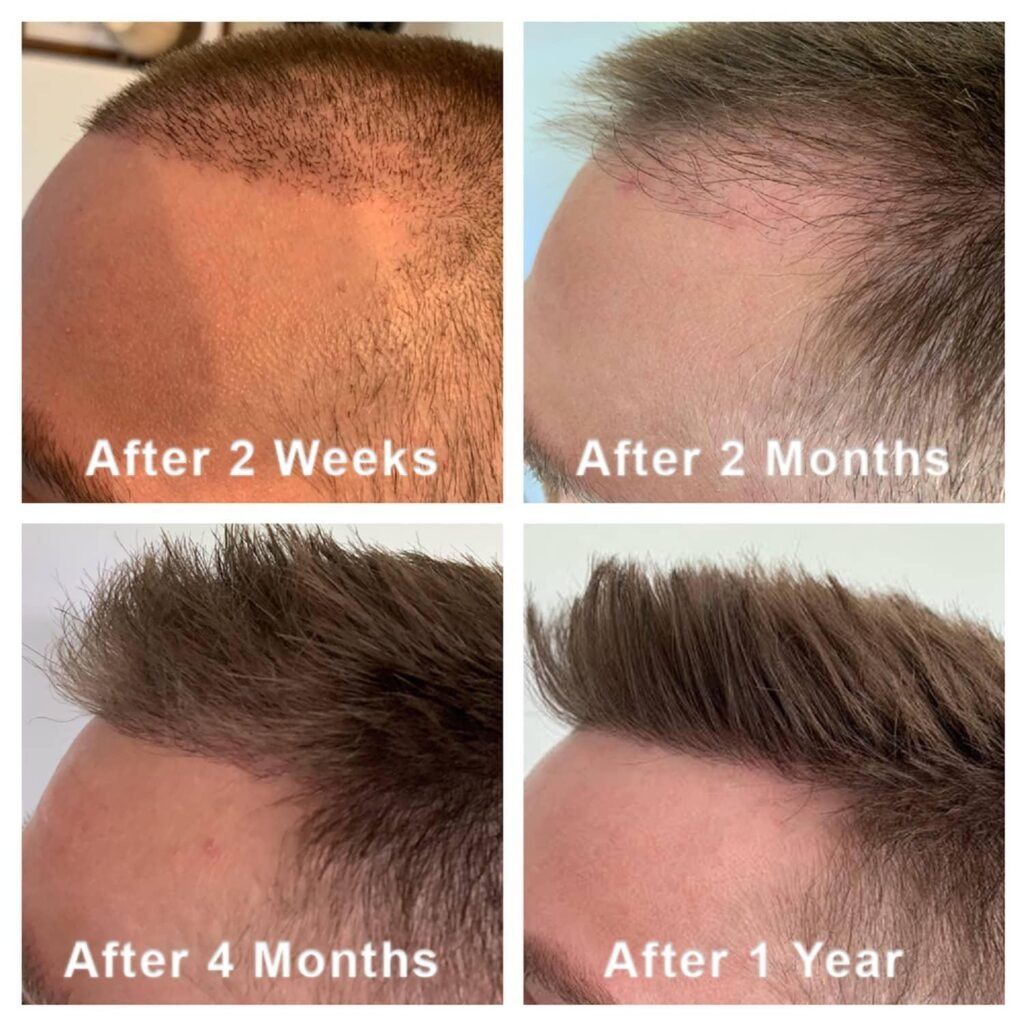Do Hair Transplants Work?
- Home
- Do Hair Transplants Work?
What Is The Success Rate Of A Hair Transplant?
Crucial Elements of an Effective Hair Transplant
1. Experienced Surgeon
To maximize the chances of success, perhaps no factor outweighs the skill and expertise of the surgeon and their team. It’s imperative to select a qualified and seasoned hair transplant surgeon with a proven history of successful procedures. Hair Follicles have long been recognized as pioneers in hair restoration, maintaining a leading position in the industry for over two decades.
Ensure thorough verification of the surgeon’s credentials, experience, and specialization in hair restoration. Confirm that they exclusively focus on hair transplant procedures day in and day out. Surgeons who offer a range of other cosmetic services are unlikely to possess the same level of proficiency in the field of hair restoration. At Hair Follicles, hair transplant procedures are our sole focus.
2. Patient Selection
3. Medical Evaluation
- Performing a comprehensive medical assessment to detect any underlying health conditions that could impact the procedure’s success or the patient’s recovery.
- Identifying any scalp conditions that might negatively influence the procedure’s outcome.
4. Donor Area Selection:
- Meticulous selection of the donor area for harvesting hair follicles, focusing on regions genetically resistant to hair loss known as the “safe or permanent zone.”
- Thorough evaluation of the quality and quantity of hair in the donor area to confirm adequate supply for addressing the required areas and achieving the desired cosmetic improvement.
5. Technique and Technology
Selecting the suitable hair transplant technique, such as Follicular Unit Transplantation (FUT) or Follicular Unit Extraction (FUE), tailored to the patient’s requirements and attributes. At Hair Follicles, we excel in both extraction methods. Many clinics specialize in either FUT or FUE, but not both, whereas we maintain proficiency in both techniques.
Incorporating advanced techniques, technologies, and equipment to guarantee precision in critical aspects of the procedure, including site creation and extraction.
6. Graft Handling and Implantation
7. Post-Operative Care
Offer thorough instructions for post-operative care.
Prescribe medications as needed to prevent infection, alleviate swelling, and enhance healing.
Arrange immediate follow-up appointments post-surgery to track healing and address any issues.
8. Patient Compliance
9. Follow-up and Monitoring
Schedule regular follow-up appointments to track the progress of hair growth and promptly address any concerns.
Modify treatment plans as necessary depending on the patient’s response to the procedure.
Do Hair Transplants Work For Everyone?
In cases where a person has extensive hair loss and a limited donor supply, achieving the necessary coverage with a hair transplant may not be possible.
Certain health conditions or medications may affect the success of a hair transplant or increase the risk of complications. If certain rare underlying medical conditions are not ruled out, the result can be compromised.
It’s important for individuals to have realistic expectations about the outcome of a hair transplant. While the procedure can in many cases restore hair in areas of loss and provide a substantial cosmetic improvement, it may not replicate the density of natural hair. Even if the patient looks significantly better, he or she is the one who also needs to be happy with the result. If a patient’s expectations are unrealistic and can’t be met, they are likely not a good candidate for a hair transplant procedure.
The success of a hair transplant in most cases relies heavily on the quality and quantity of the donor hair, which is typically taken from the sides and back of the scalp. If the donor hair is compromised, it may not provide adequate coverage or the transplanted hair may not survive.
Do hair transplants work long term?
Do hair transplants work for women?

